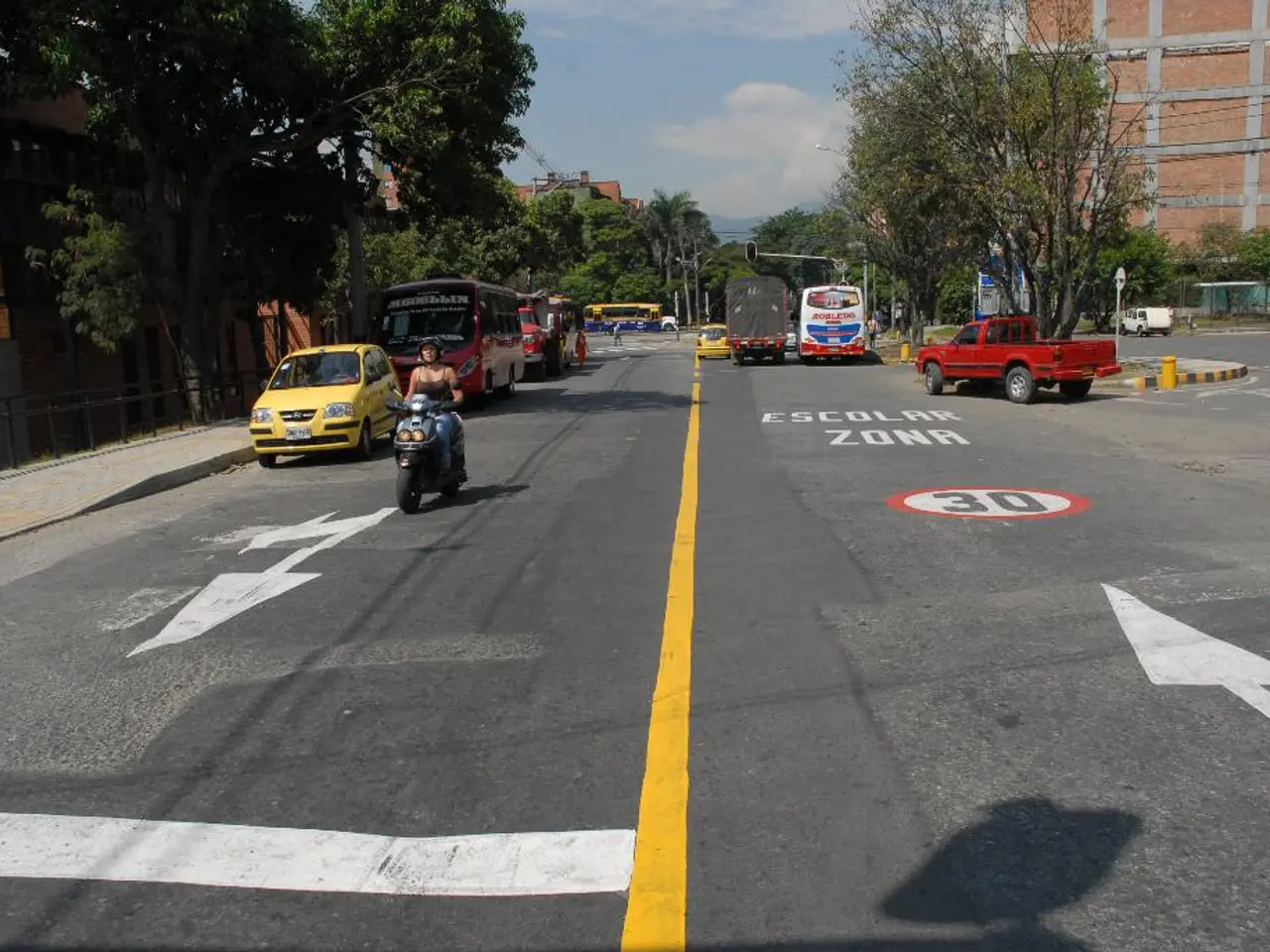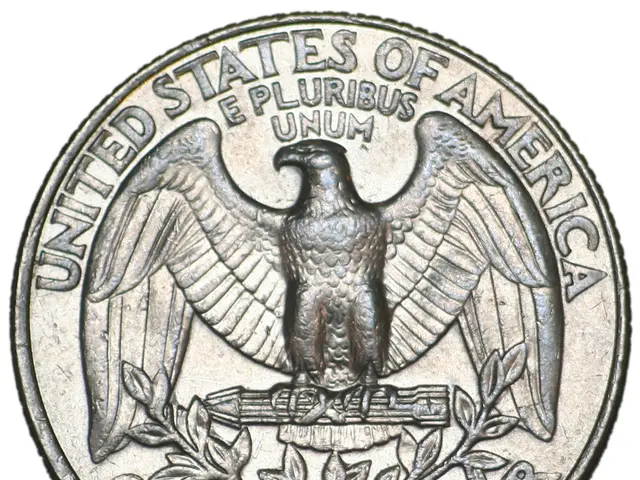Pedestrians are more likely to receive yielding behavior from drivers in crosswalks that are illuminated.
Study Reveals Significant Improvement in Pedestrian Safety with Crosswalk Illuminators and Flashing Beacons
A new study conducted by the Insurance Institute for Highway Safety and Western Michigan University has shown that crosswalk illuminators and flashing beacons can greatly improve pedestrian safety in poorly lit areas.
The study, which was carried out at various locations in Kalamazoo, Michigan, tested the effects of different crosswalk lighting systems. These include commercial crosswalk illuminators, both on a constant basis and when triggered by a pedestrian, and Rectangular Rapid Flashing Beacons (RRFBs).
At dimly lit T intersections and four-way intersections, drivers were more than three times as likely to yield to pedestrians when continuous crosswalk lighting or triggered illuminators were in place, compared to no added lighting. The results were even more pronounced at the fourth site, a dimly lit T intersection with RRFBs, where drivers were more than 13 times as likely to yield to pedestrians when both RRFBs and triggered crosswalk lighting were activated.
At the site with the RRFB, the researchers also tested the effect of the beacon alone and combined with the triggered illuminator. Drivers were more than twice as likely to yield when both RRFBs and triggered lighting were activated than when either RRFBs or triggered lighting was activated by itself.
Crosswalk illuminators, used in the study, are LED floodlights that shine horizontally across the street, providing 20 lux of vertical illumination at the crosswalk entrance. This focused illumination directly on pedestrians makes them more visible, even in challenging environments with low light and high glare.
Study author Wen Hu stated that crosswalk lighting and flashing beacons make pedestrians substantially safer in poorly lit areas. David Harkey, President of the Insurance Institute for Highway Safety, reiterated this sentiment, stating that these results demonstrate the significant impact of simple changes on pedestrian safety.
The study also highlighted that about 75% of pedestrian fatalities in motor vehicle crashes in 2022 occurred in the dark. This underscores the importance of effective crosswalk lighting and flashing beacons in reducing pedestrian fatalities.
Along with lower speed limits and road designs that discourage speeding, these simple solutions have the potential to reduce pedestrian injuries and fatalities.
| Feature | Crosswalk Illuminators & Flashing Beacons | Streetlights | |-------------------------------|-------------------------------------------------------|-----------------------------------------| | Focus of Illumination | On pedestrian; direct and targeted | General ambient lighting | | Activation | Automatic or button-activated, often pedestrian-specific| Continuous, always on | | Driver Alertness Impact | High; flashing/strobe significantly increases alertness| Moderate; relies on general visibility | | Effectiveness in Reducing Collisions | Up to 47% reduction when combined with lighting | Indirect; improved visibility but less targeted | | Additional Safety Features | Integration with analytics, risk mitigation, alerts | None |
In summary, crosswalk illuminators and flashing beacons are more effective than streetlights alone at improving pedestrian safety in poorly lit areas, as they provide focused, situational lighting and active alerts that enhance driver recognition of pedestrians at critical moments.
Read also:
- President von der Leyen's address at the Fourth Renewable Hydrogen Summit, delivered remotely
- Unveiling Innovation in Propulsion: A Deep Dive into the Advantages and Obstacles of Magnetic Engines
- Intensified farm machinery emissions posing challenges to China's net-zero targets
- EU Fuel Ban Alerts Mercedes Boss of Potential Crisis







